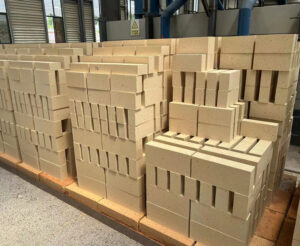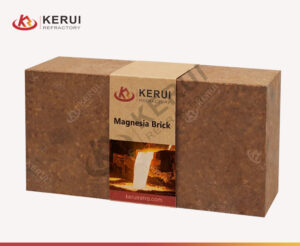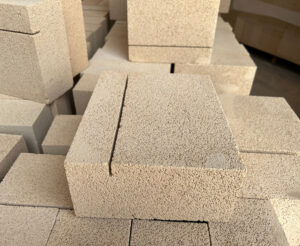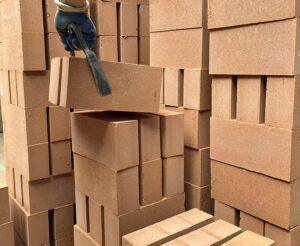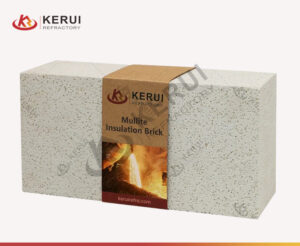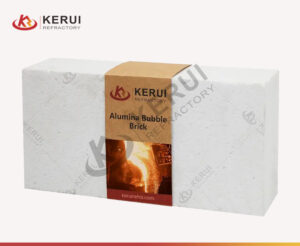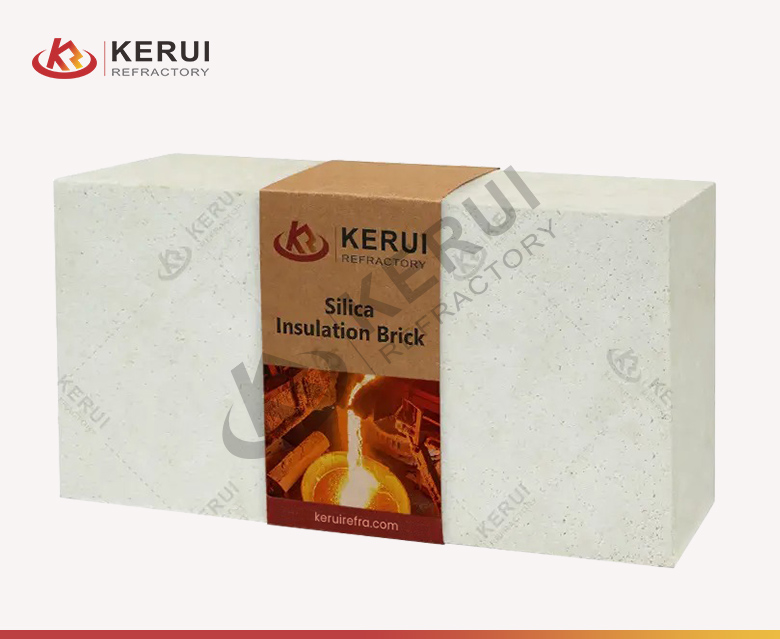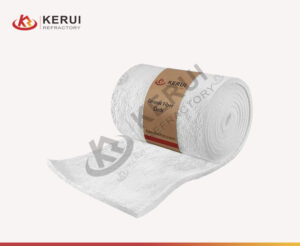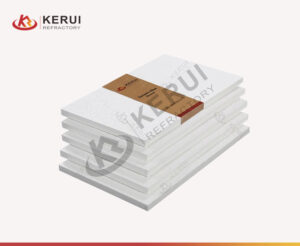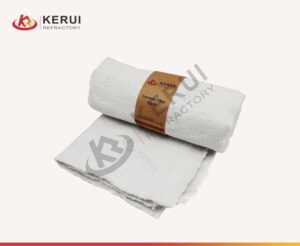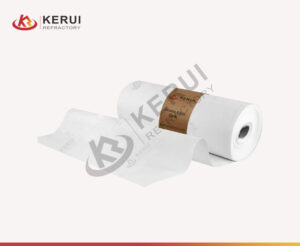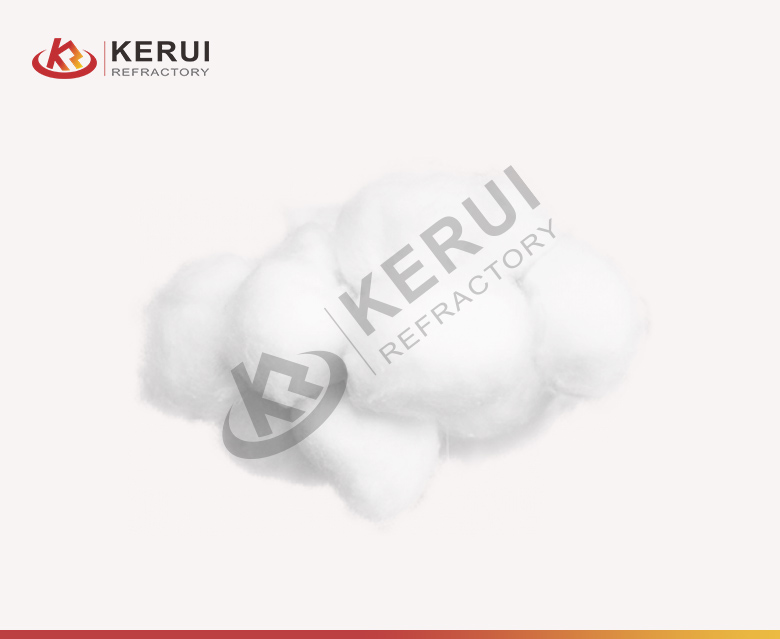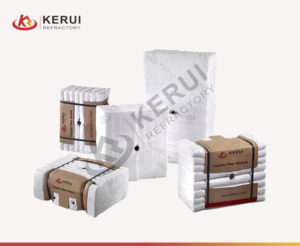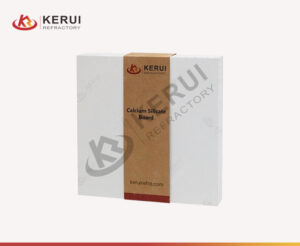Due to the wide use of cement, the cement and lime industry has a high quantity demand for refractory materials. Every cement factory needs high-quality refractory materials to construct the cement furnaces. We mainly introduce the application of refractory materials in rotary kilns and lime vertical furnaces.
Introduction of Cement and Lime Industry
Cement, as a widely use building material, can used in Industrial construction, civil construction, transportation engineering, water conservancy engineering, seaport engineering, national defense construction, and other new industrial and engineering construction fields. With the development of environmental consciousness, how to prolong the life cycle of cement industrial equipment becoming a topic. So, it is important to choose the refractory products used in the cement industry.
Usually, these materials are used in the cement and lime furnace:
- Alkali Resistant Bricks/Alkali Resistant Castable;
- High Alumina Bricks;
- High Alumina Silicon Carbide Composite Bricks;
- Special High Alumina Bricks;
- Magnesium Bricks;
- Magnesium Chromium Bricks;
- Magnesium Iron Spinel Bricks;
- Insulation Bricks;
- Calcium Silicate Insulation Boards;
- Various Grades Of Castables;
- Refractory Fiber Products;
Application of Refractory Bricks in Cement and Lime Industry
Rotary Kilns:
General Lining: The lining of rotary kilns for calcined clay and high-alumina raw materials is generally made of clay bricks, high-alumina bricks, calcined magnesia, magnesite, high-alumina bricks, and phosphate-bonded high-alumina bricks.
Burning Zone:
- The stable kiln skin in burning zone: Magnesia-alumina bricks or magnesia-chrome bricks, low-chrome and chrome-free or non-chrome special magnesia bricks and magnesite bricks, high-alumina bricks.
- The stable kiln skin in the transition zone: Directly bonded magnesia-chrome bricks, spinel bricks or magnesia-chrome bricks that are easy to hang on the kiln skin and have good thermal shock resistance, high-alumina bricks’.
- The unstable kiln skin in the transition zone: Spinel bricks.
- Decomposition Zone: Spinel bricks, high-alumina bricks, high-alumina quality bricks.
- Rear of the Kiln Shell: Heat-insulating alkaline clay bricks or ordinary clay bricks.
- Front and Rear Kiln Ends: Firebricks and firecastables with excellent abrasion resistance are used, such as silicon carbide composite bricks, high-quality phosphate-bonded high-alumina abrasion-resistant bricks, and firecastables with or without steel fiber reinforcement.
In the Preheating System:
- Arch: Ordinary alkaline clay bricks and/or alkaline castables.
- Tertiary air duct: High-strength alkaline clay bricks are used, along with a large amount of firecastable, series insulation bricks, and series calcium silicate boards.
- In the kiln door hood and cooling system: Anti-spalling high-alumina bricks or chemically bonded (special) high-alumina bricks, as well as silicon carbide bricks and silicon carbide composite bricks, series insulation bricks, series firecastables, series calcium silicate boards and refractory fiber materials, etc. 7 categories and more than 30 kinds of refractory materials. Fired high-alumina bricks are used for the arch.
- In the high-temperature sidewalls of the grate-type cooler under high wind pressure: Silicon carbide composite bricks or low-cement high-strength firecastable, phosphate-bonded high-quality abrasion-resistant bricks.
- Cylinder cooler lining: Steel fiber reinforced, toughened phosphate-bonded high-alumina abrasion-resistant bricks.
- Raw material preheating section: All parts with a surface temperature not exceeding 1200°C should use clay refractories, including series alkaline bricks, alkaline castables and ordinary clay bricks.
- Preheating and decomposition section in the long kiln: Composite lining composed of a working layer of clay bricks and high-strength (not less than 9 MPa) insulation bricks.
- Insulation lining in non-kiln tube stationary equipment: Including calcium silicate boards, refractory fiber materials, insulation bricks and lightweight castables.
- External protective lining of the burner: Low-cement corundum refractory castable, high-alumina refractory castable and steel fiber reinforced refractory castable, etc.
- Decomposition furnace: Anti-spalling high-alumina bricks, alkaline bricks, alkaline castables.
- Other parts: Clay bricks or clay castables.
Lime Vertical Furnace and Rotary Kilns:
The lime vertical furnace, from top to bottom, is divided into three belts: preheating zone, calcined zone, and cooling zone.
- Preheating zone: the lining of the furnace was shocked by limestone and high-temperature damage. In this zone, Kerui usually suggests using high alumina bricks with good thermal shock resistance and abrasion resistance.
- Calcined zone: We need to choose the bricks that have great refractoriness and good chemical slag resistance. So Kerui advises customers to use neutral or alkaline refractory bricks including magnesium bricks, magnesium chromium bricks, and magnesium iron (alumina) spinel bricks.
- Cooling zone: This part will inlet cold air, so the bricks must undertake the temperature changes and keep a stable volume. Kerui usually suggests using high alumina brick in this part.
Application of Insulation Products in Cement and Lime Industry
Rotary kilns and lime vertical furnaces can use insulation bricks, calcium silicate insulation boards, various grades of castables, and refractory fiber products as insulation layers.
Besides, Kerui also provides special high alumina bricks, high alumina silicon carbide composite bricks, ceramic fiber rope, magnesium tron (Alumina) spinel bricks, etc. Leave your requirement to us.
